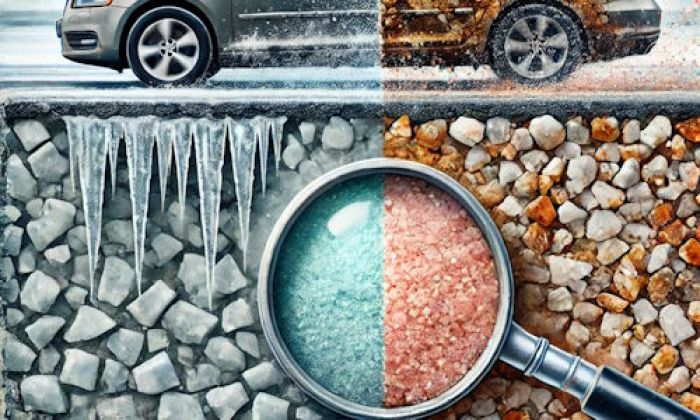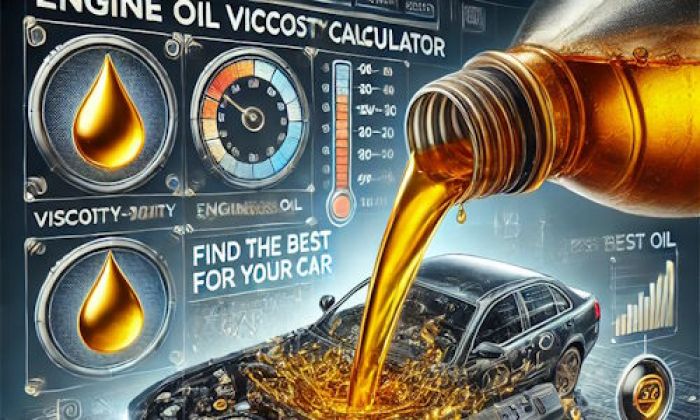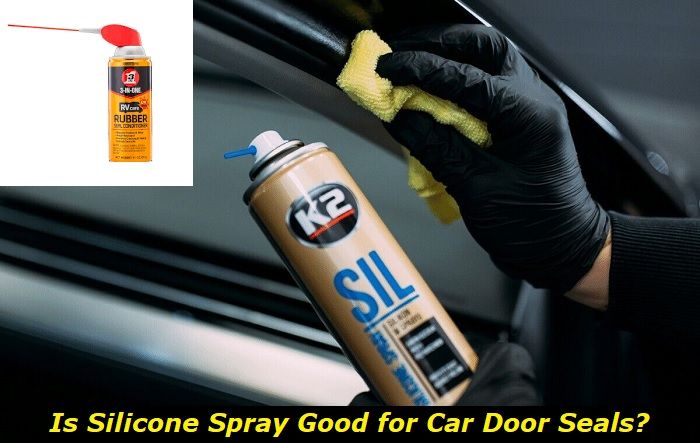"I've opened the hood and the engine was still there, I don't understand what's the problem!" While the warning light is literally called the "Check Engine Light" or MIL (Malfunction Indicator Light), it doesn't actually mean that you should check the engine visually.
Flashing check engine light highlights
- Common reasons:error code stored in the ECU
- How to fix:scan for codes
- Possible consequences:engine may fail or stall
- Priority level:High
- Can you drive?Carefully
- DIY repair:Impossible
- Repair price range:$200-$800

What causes the Check Engine Light to appear?
As we've mentioned before, the Check Engine Light, or CEL, can be triggered by many factors, some of which are related to the way the driver operates the vehicle and some of them not so much. Here are a few things that could create problems and trigger the CEL on the Subaru Legacy:
- Loose/missing gas cap
While this might seem very strange to some of you, a simple thing such as forgetting to fully tighten the gas cap can cause the CEL to illuminate. The purpose of this is to potentially tell you that you've forgotten to tighten the gas cap and to avoid fuel evaporation, which is bad for the environment.
- Bad fuel
Certain vehicles are very sensitive when it comes to what kind of fuel you use and they can be very quick to throw a CEL if the fuel they are using is not good enough. The owner's manual should tell you everything you need to know about what kind of fuel you should use.
- Faulty spark plugs
When was the last time you changed your spark plugs? They are serviceable items and they could cause the engine to run poorly and have increased fuel consumption. We know that changing spark plugs on a Subaru can be a bit challenging, but this operation is very necessary to keep the engine happy.
- Faulty ignition coils
If you encounter misfires and the spark plugs and fuel injectors seem to be working properly, the ignition coils themselves might be bad. Usually, they don't all fail at the same time, but if they are all original, you can expect them to fail one after another.
- Bad battery
A battery that is on its last legs will almost certainly trigger all kinds of warning lights in your instrument cluster, including the CEL, even if there aren't actually any faults related to those systems.
- Computer issues
The car's computer, commonly known as the ECU, must know what's happening with the engine at all times, and should it stop working properly, it will almost definitely throw a Check Engine Light. They usually fail because of water intrusion, exposure to heat, or simply because of age.
- Faulty O2 sensors
O2, or Lambda sensors, measure the level of oxygen in the exhaust gases eliminated by the engine. If they stop working as they should, not only will you get increased fuel consumption, but the engine will most likely run rougher and the CEL will make its appearance in the instrument cluster. Sometimes, the car might also fail the emissions test if these sensors are faulty, so don't ignore the issue.
- Fuel/air metering systems issues
One common component that triggers the CEL is the Mass Air Flow sensor, also known as MAF. This part measures the amount of air that is entering your engine, to provide the best air and fuel mixture.
Should it fail, you will most likely have an engine that is using way more fuel than it should and it will also lack the power it used to have. If the Subaru Legacy you're concerned about, it will probably have an Air Flow Meter, or AFM, which does pretty much the same job as the MAF, but the name is different, so keep this in mind to avoid confusion.
- Bad crankshaft or camshaft position sensors
The name suggests what they do and if they fail, they will probably trigger the CEL and, in some cases, they might prevent the car from starting as well.
- Faulty VVT system
If the car is equipped with the Variable Valve Timing system and it fails, you will probably be faced with the CEL. Usually, when there are faults with this system, you will notice them immediately, since the engine's running will be affected quite a lot.
- Bad/dirty EGR valve
This is something that usually happens to vehicles with diesel engines since diesel fuel doesn't burn quite as cleanly as gasoline. This will result in much more deposits in the EGR valve that will eventually stop it from functioning properly. Sometimes, the EGR can fail altogether, in which case cleaning it won't do anything.
- Bad catalytic converter
Bad fuel, faulty O2 sensors, age, and mileage are all things that could cause the catalytic converter to fail. This is a rather expensive component that turns harmful exhaust gases into less harmful ones and if it were to stop working, the vehicle it is fitted to will certainly fail the emissions test.
- Skipped timing
This is quite rare, but not impossible. If the engine were to skip timing, even by just a tooth, the CEL will almost certainly be triggered. The engine has camshaft and crankshaft position sensors and they will immediately sense that something is off, if this were to happen.
- Severe engine damage
As a worst-case scenario, if you have damaged cylinders, valves, scored cylinder walls, and other severely damaged crucial components, you will probably be faced with the Check Engine Light as well. Most of the time, if you encounter any of these issues, you won't be in doubt about anything and you will most likely notice that something is really wrong with the way the engine is running.
How to fix the Check Engine Light?
If it's something as simple as a loose gas cap, it's very simple to fix the problem on the spot, but if that doesn't fix your issue, then there's a need for further investigation. At this point comes into action one of the most important tools in this process: the diagnostic tool.
Before replacing any other component, we would strongly advise you to use an OBD scanner on the vehicle. This is a great tool that is extremely useful in this kind of situation since it will tell you pretty much anything about the engine and the way it runs.
As soon as the CEL makes its appearance, an error code will be memorized in the vehicle's computer and you will have the possibility to check what caused it and start troubleshooting from there.
If you don't have an OBD tool at home, we would advise you to go to your local shop and have the issue checked by a specialist. Subaru is a well-known manufacturer, so finding someone to help you diagnose the issue shouldn't be a big deal.
How to avoid this problem?
As you might have already realized, avoiding the problem mainly consists in making sure you pay attention when refueling and respecting the manufacturer's service intervals, so any driver out there should have no problems doing these simple things.
However, sometimes the CEL is not caused by driver error, in which case there isn't much that you could have done to avoid being faced with such problems.
Is it safe to drive the car like this?
This really depends on the gravity of the issue. The CEL can illuminate constantly or it can start flashing, and here's what you need to remember: if you have a steady CEL, it is usually safe to keep driving to the nearest shop, but if you have a CEL that's flashing, it would be best to have the vehicle towed, especially if the engine starts running really bad or if you hear strange noises, such as knocking. In these cases, driving even for another mile might do more harm and it would be best to avoid doing so.
Final thoughts
The Check Engine Light is one of the most common warning lights to appear on any car after a certain age or mileage, so it is not something unique to the Subaru Legacy and therefore you shouldn't worry too much if you are faced with it.
Simply respecting the manufacturer's advice in using and servicing the car will do much more to avoid problems than you could imagine, so don't ever assume that what's written in the owner's manual is a load of boring stuff for nerds.
About the authors
The CarAraC research team is composed of seasoned auto mechanics and automotive industry professionals, including individuals with advanced degrees and certifications in their field. Our team members boast prestigious credentials, reflecting their extensive knowledge and skills. These qualifications include: IMI: Institute of the Motor Industry, ASE-Certified Master Automobile Technicians; Coventry University, Graduate of MA in Automotive Journalism; Politecnico di Torino, Italy, MS Automotive Engineering; Ss. Cyril and Methodius University in Skopje, Mechanical University in Skopje; TOC Automotive College; DHA Suffa University, Department of Mechanical Engineering






Add comment